Table of content
Introduction
Sun-drying potherb mustard, commonly known as “Xuelihong” in Chinese, is a traditional method of preserving this leafy vegetable for later use. Potherb mustard belongs to the Brassica family, which includes broccoli, cabbage, and kale, among others. Its name, “Xuelihong,” translates to “snow-covered red,” referring to the vibrant red hue the leaves take on after being pickled and fermented. However, before the pickling process, many opt to sun-dry the leaves to concentrate flavors, enhance texture, and facilitate long-term storage. This article delves into the comprehensive steps and considerations for successfully sun-drying potherb mustard, ensuring a high-quality, flavorful end product.
Understanding Potherb Mustard
Potherb mustard is a biennial plant, often grown as an annual crop for its edible leaves and stems. It thrives in cool climates and is particularly resilient, capable of tolerating some frost. The leaves are large, dark green, and slightly wrinkled, with a robust, slightly bitter flavor that mellows with cooking or fermentation. When sun-dried, these leaves undergo a transformation, concentrating their flavors and creating a versatile ingredient for soups, stews, and stir-fries.
Preparing for Sun-Drying
Harvesting the Leaves
The first step in sun-drying potherb mustard is harvesting the leaves at the optimal stage. Look for plants that are healthy, with vibrant green leaves. Avoid harvesting leaves that show signs of disease, pests, or excessive yellowing. The best time to harvest is usually in the morning, after the dew has dried but before the sun becomes too intense. This helps retain the leaves’ moisture and freshness.
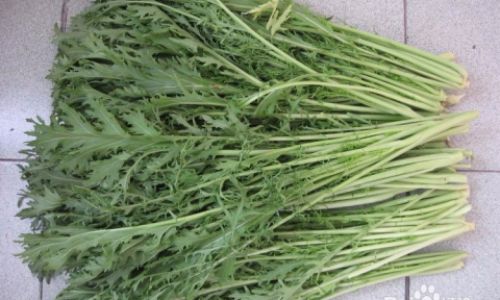
Use a sharp knife to cut the leaves just above the base of the stem, ensuring a clean cut that minimizes damage to the plant. If you plan to harvest multiple times from the same plant, leave some lower leaves intact to allow the plant to continue growing.
Cleaning and Preparation
Once harvested, immediately rinse the leaves under cold running water to remove any dirt, debris, or insects. Be gentle with the leaves to avoid tearing them, which could lead to faster spoilage during the drying process. After rinsing, gently shake off excess water or use a clean kitchen towel to blot the leaves dry.
Blanching (Optional)
Blanching is a step that some choose to include in the sun-drying process to help retain the leaves’ vibrant color and soften their texture. To blanch potherb mustard, bring a large pot of water to a rolling boil. Carefully submerge the leaves in the boiling water for about 30 seconds to 1 minute, depending on their thickness. Use a slotted spoon or tongs to remove the leaves and immediately plunge them into ice-cold water to stop the cooking process. Once cooled, drain the leaves well and pat them dry with clean towels.
Note that blanching is optional and may not be suitable for everyone’s taste preferences or drying conditions. Some prefer the raw, unblanched flavor and texture of the dried leaves.
Sun-Drying Techniques
Choosing the Right Location
The success of sun-drying potherb mustard largely depends on the drying location. Look for a spot that receives direct sunlight for most of the day, ideally from morning until late afternoon. Avoid areas that are shaded by trees, buildings, or other obstacles. The surface where the leaves will be laid out should be clean, dry, and preferably non-porous to prevent contamination and ensure even drying.
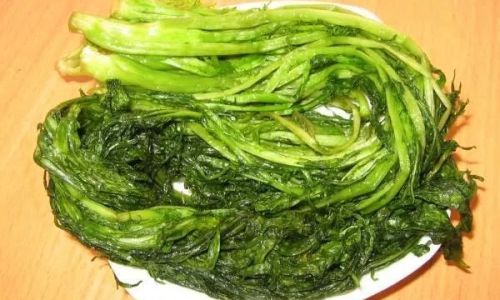
Laying Out the Leaves
Spread the prepared potherb mustard leaves in a single layer on the drying surface. Ensure there is minimal overlap to allow for even drying. If you have a large quantity of leaves, use multiple drying racks or surfaces to avoid overcrowding.
Monitoring and Turning
Sun-drying can take several days, depending on the weather conditions and the thickness of the leaves. It’s crucial to monitor the leaves daily, checking for signs of mold, mildew, or excessive drying. If the weather is particularly humid, consider using a fan to circulate air and help with the drying process.
Turn the leaves over at least once a day to ensure even drying on both sides. This also helps prevent the leaves from sticking to the drying surface and allows for better air circulation.
Weather Considerations
Weather plays a significant role in sun-drying. Ideally, you need consecutive days of sunny, dry weather. Rain can undo all your efforts by introducing moisture back into the leaves, promoting mold growth. If rain is forecasted, consider covering the leaves with a cheesecloth or a fine-mesh net to protect them from direct water contact while still allowing air circulation. However, be cautious of prolonged coverage, as it can trap moisture and humidity.
Completing the Drying Process
The drying process is complete when the leaves are brittle, dark green to brownish in color, and have lost most of their original moisture. They should snap easily when bent in half, indicating that they are fully dried. This can take anywhere from 2 to 7 days, depending on the conditions.
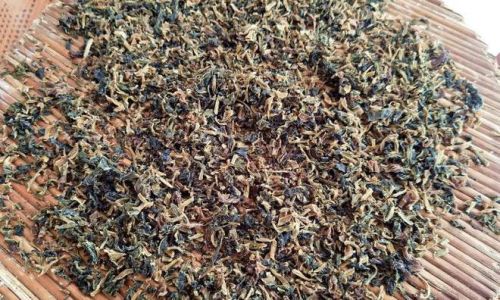
Storing Sun-Dried Potherb Mustard
Once the leaves are fully dried, it’s essential to store them properly to maintain their quality and flavor. Begin by inspecting each leaf carefully, discarding any that show signs of mold, mildew, or insect damage.
Packaging
Store the dried leaves in airtight containers, such as glass jars or plastic bags designed for food storage. Ensure the containers are completely dry before adding the leaves to prevent moisture-related spoilage. Consider using oxygen absorbers or vacuum sealing to further extend the shelf life by removing oxygen from the package.
Labeling and Storage Conditions
Label the containers with the date of drying to keep track of freshness. Store the dried potherb mustard in a cool, dark place, such as a pantry or cupboard. Avoid exposing the leaves to direct sunlight or high temperatures, which can degrade their quality over time.
Shelf Life
Properly stored, sun-dried potherb mustard can last for several months to a year. Over time, the leaves may lose some of their vibrant color and flavor intensity, so it’s best to use them within a year for optimal quality.
Conclusion
Sun-drying potherb mustard is a time-consuming but rewarding process that allows you to preserve the vegetable’s unique flavor and texture for later use. By carefully selecting the right leaves, preparing them properly, and monitoring the drying process closely, you can produce high-quality, dried potherb mustard that enhances the flavor of various dishes. With proper storage, you can enjoy this versatile ingredient throughout the year, adding a touch of tradition and authenticity to your culinary creations.
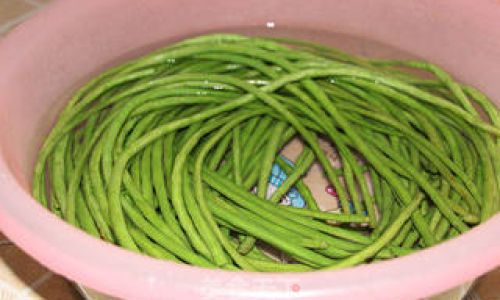
Remember, patience and attention to detail are key to successful sun-drying. Each step, from harvesting to storing, plays a crucial role in ensuring the final product meets your expectations. Happy drying!



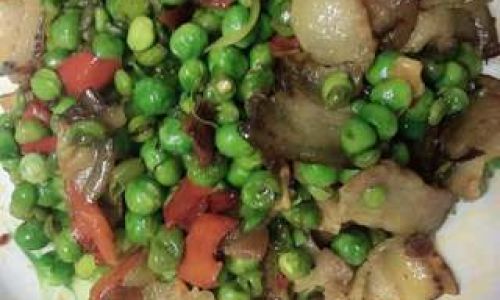
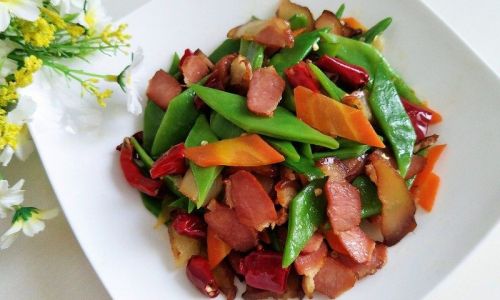
0 comments